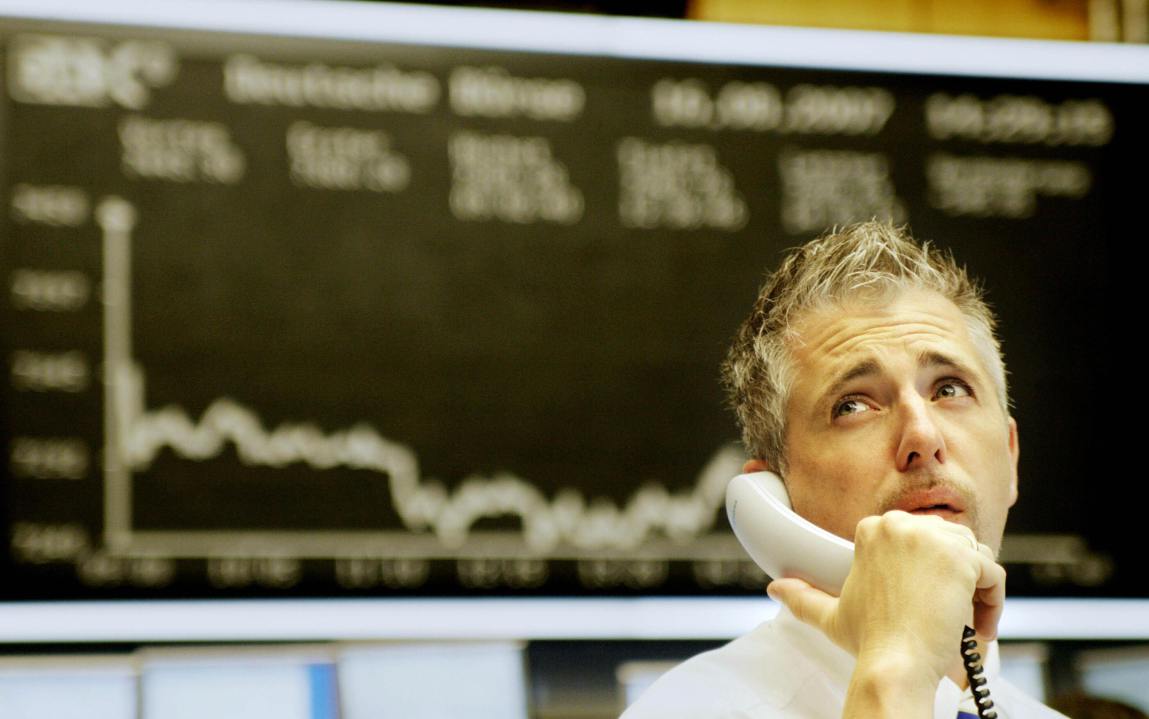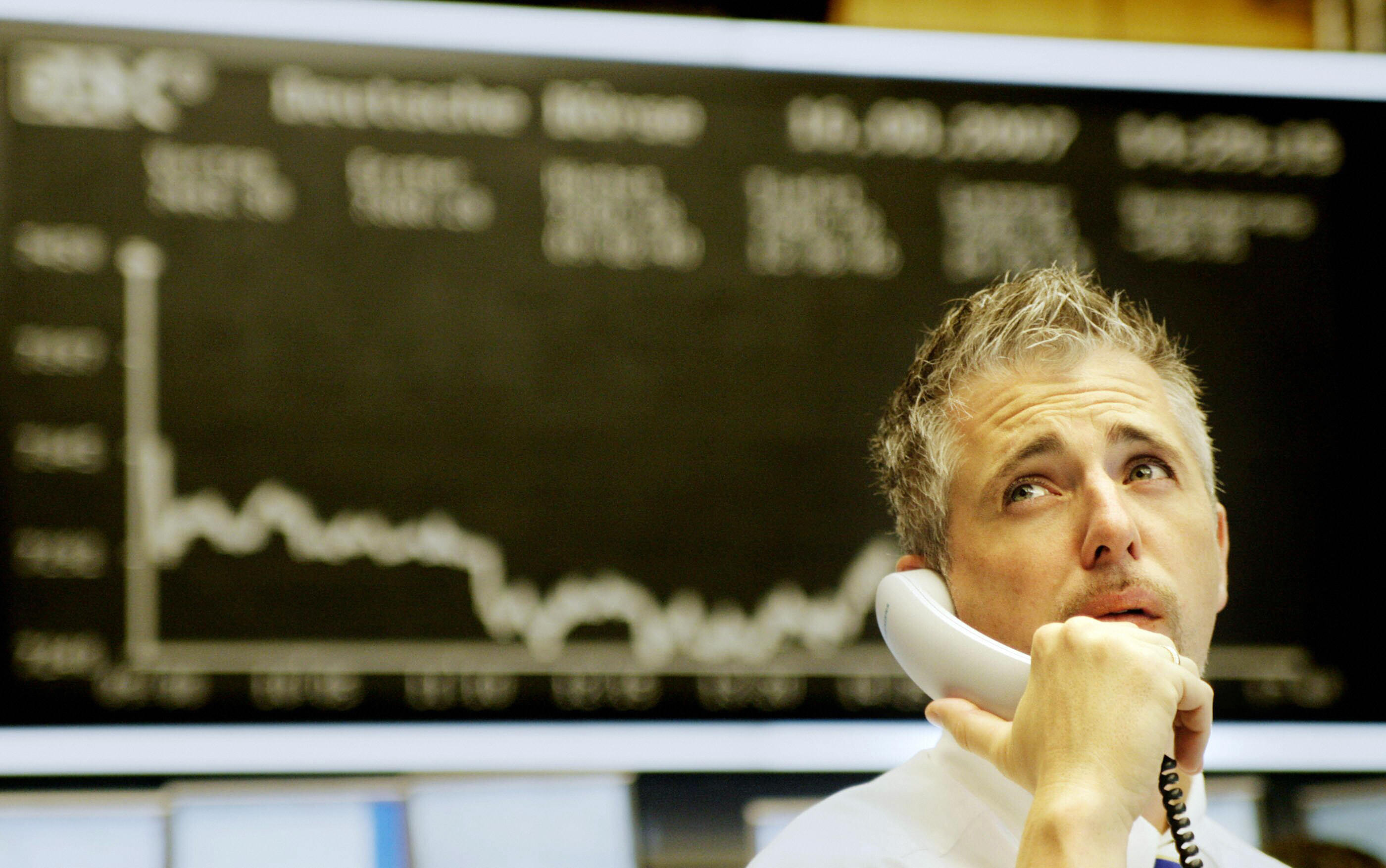 Recommending what sounds like a prescient report by Edward Chancellor, Crunch Time for Credit? (2005), Charles Moore writes the following in his column today:
Recommending what sounds like a prescient report by Edward Chancellor, Crunch Time for Credit? (2005), Charles Moore writes the following in his column today:
“Although some of Chancellor’s work is technical, it benefits from a historian’s understanding of what people have done in reality rather than a narrower economist’s obsession with ‘modelling’. It has strong elements of common sense. By that same common sense, though obviously with much less information, the man in the street also predicted the credit crunch.”
It’s a crucial point – and one stressed by Nigel Lawson in his evidence to the Spectator Inquiry, which will be up on Coffee House soon – that while common sense may balk at 125 percent mortgages and the like, numerous economic and financial models failed to. Unfortunately, the computers came out on top this time ’round, leading to the kind of “no more boom and bust” rhetoric that Brown, Greenspan and others espoused. I’m sure more sophisticated models will come out of the current crisis, claiming to have captured the Black Swans. But there’s a lot to be said for good ol’ human intuition – and the political class would do well to heed it.
P.S. Moore’s column contains another great rule of thumb for politicians to bear in mind:
“But it is surely a function of leadership to question a theory more strongly the greater the consensus about it. It is proverbial that when every taxi driver advises you to buy a certain stock, you know it is oversold. The same herd stupidity infects elites. It is when the powerful all agree that they are least likely to be thinking straight.”







Comments